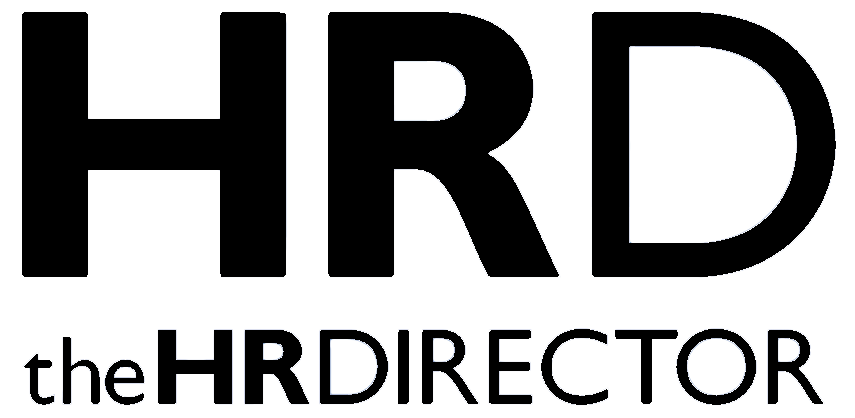A report* that explores types of workplace friction – staffing, agility, change, and technology – and the consequences of them. Findings show widespread organisational challenges are hurting productivity and the bottom line by keeping people from doing the work they’re meant to do.
With a majority (84%, UK: 86%) of respondents saying they have faced organisational change in the past 12 months, this new research dives into how friction is experienced by workers, managers, and executives to help leaders drive simplicity at scale and ensure their people are doing work that drives results.
Conducted by Hanover Research, the survey included 6,178 workers, managers, and executives from companies with at least 100 employees (UK: 1,479). The findings highlight opportunities to enhance speed and agility, while also improving the employee experience.
“Technology disruption and a fluid operating environment are creating friction across organisations, leading to frustrated employees and wasted time and resources,” said Steve Holdridge, President and Chief Operating Officer, Dayforce, Inc. “Tackling this complexity crisis requires reducing friction caused by poor communication, mismatched technology, and aligning worker skills with defined roles. For leaders, this means creating clear goals, delivering proper skills training, and equipping their people with the tools they need to do the work they’re meant to do.”
The report identified four types of friction organisations need to address:
- Staffing friction: Almost two-thirds (65%, UK: 66%) of workers said that when someone calls in sick at their organization, there is often no one to cover their work. Meanwhile, middle managers say that workforce scheduling (36%, UK: 31%) and accurately forecasting labour needs (31%, UK: 27%) are among their biggest workforce planning challenges. Employing workforce planning technology can help managers by improving staffing flexibility and ensuring that schedules comply with relevant regulations.
- Agility friction: Respondents were clear that in today’s environment adapting and optimising their workforce with speed is key to competitive advantage, but more than half (51%, UK: 53%) said they could add more value to their organisation in a different role. At the same time, only 43% (UK: 44%) said their organisation has a structured process of upskilling or reskilling employees. Creating defined career paths and development opportunities can improve agility and retention.
- Change friction: More than half (52%, UK: 50%) of respondents say that organisational changes at their company negatively impact employee efficiency and only 44% (UK: 42%) say their organisation is good or very good at communicating change. Prioritising communication during change management planning can help employees navigate change and focus on important tasks.
- Technology friction: More than two-thirds (69%, UK: 71%) of respondents say their organisation uses too many technology platforms, while nearly the same amount (66%, UK: 64%) at least slightly agree that adopting new technologies at work often reduce efficiency instead of improving it. Reducing complexity with fewer platforms and modern technology can make adoption smoother and get people back to focusing on high-value tasks.
*Report from Dayforce






